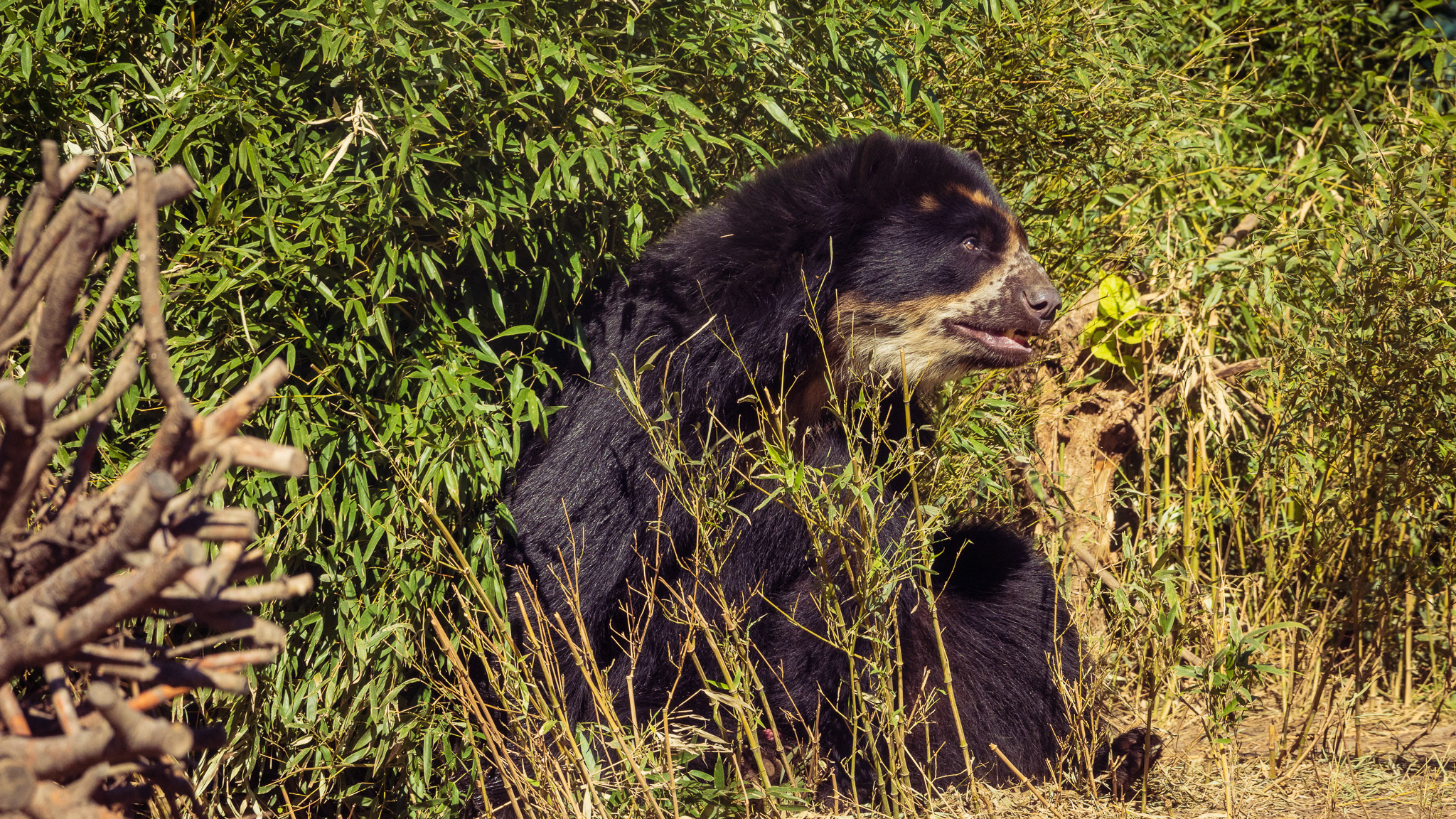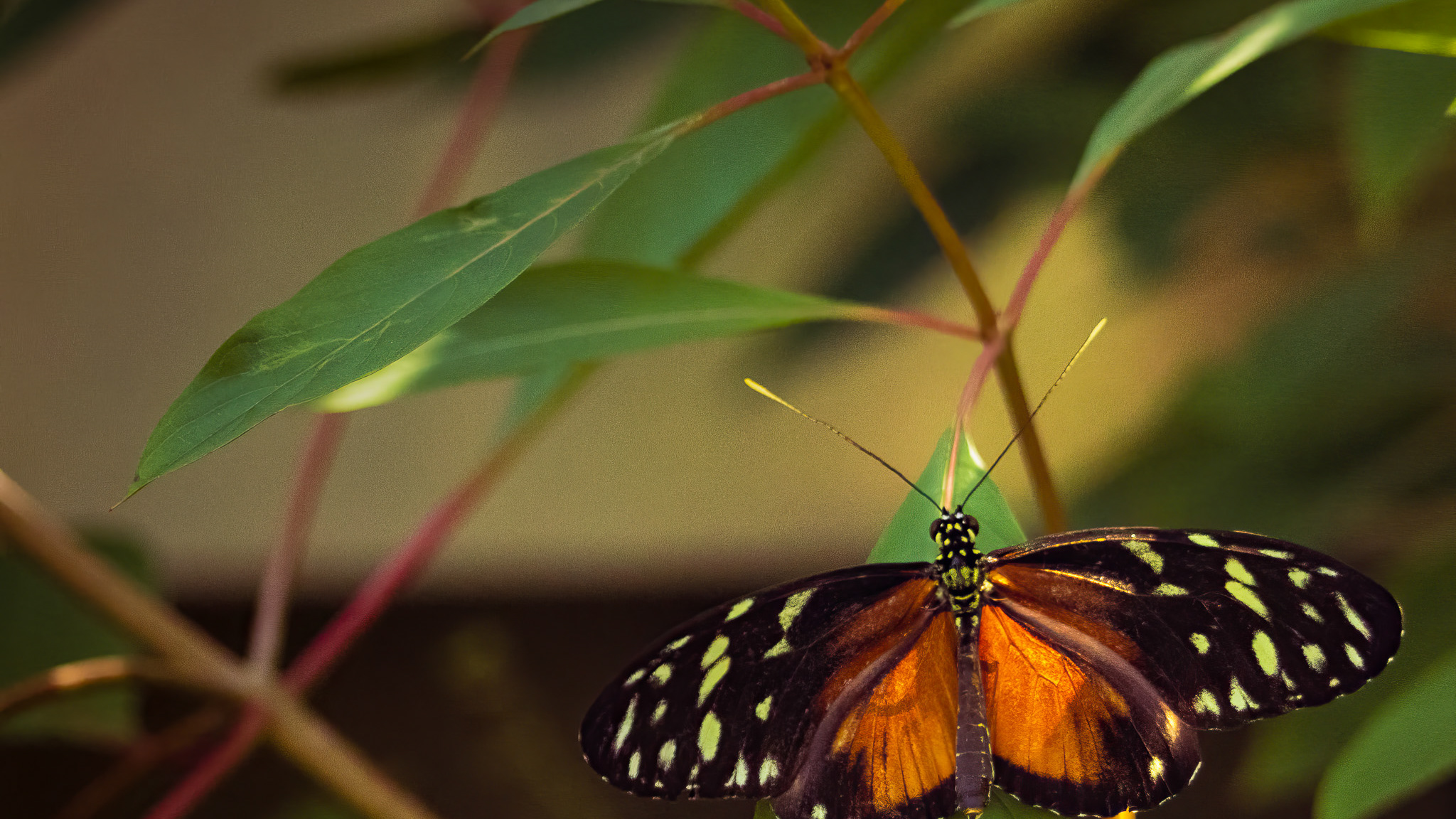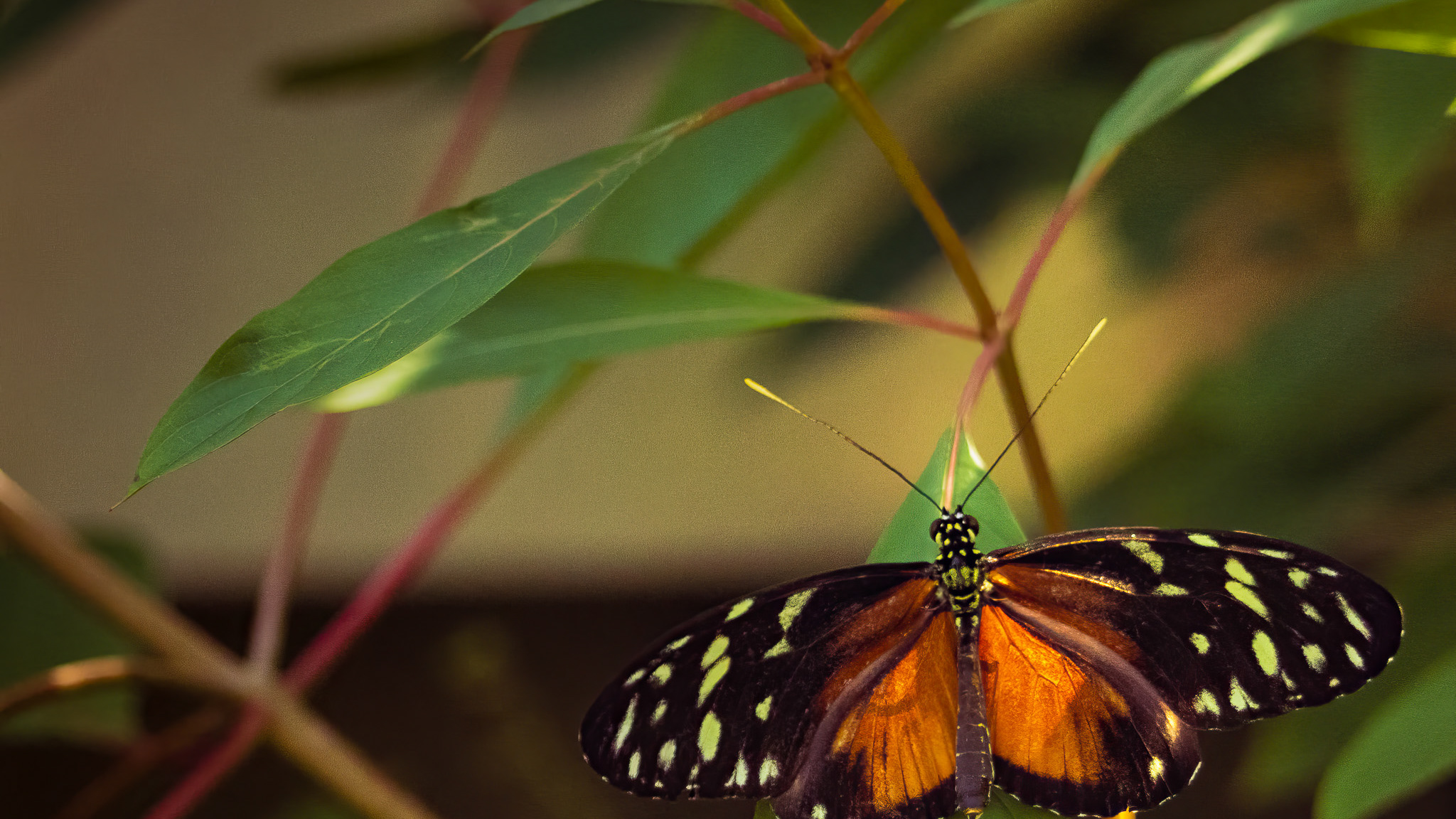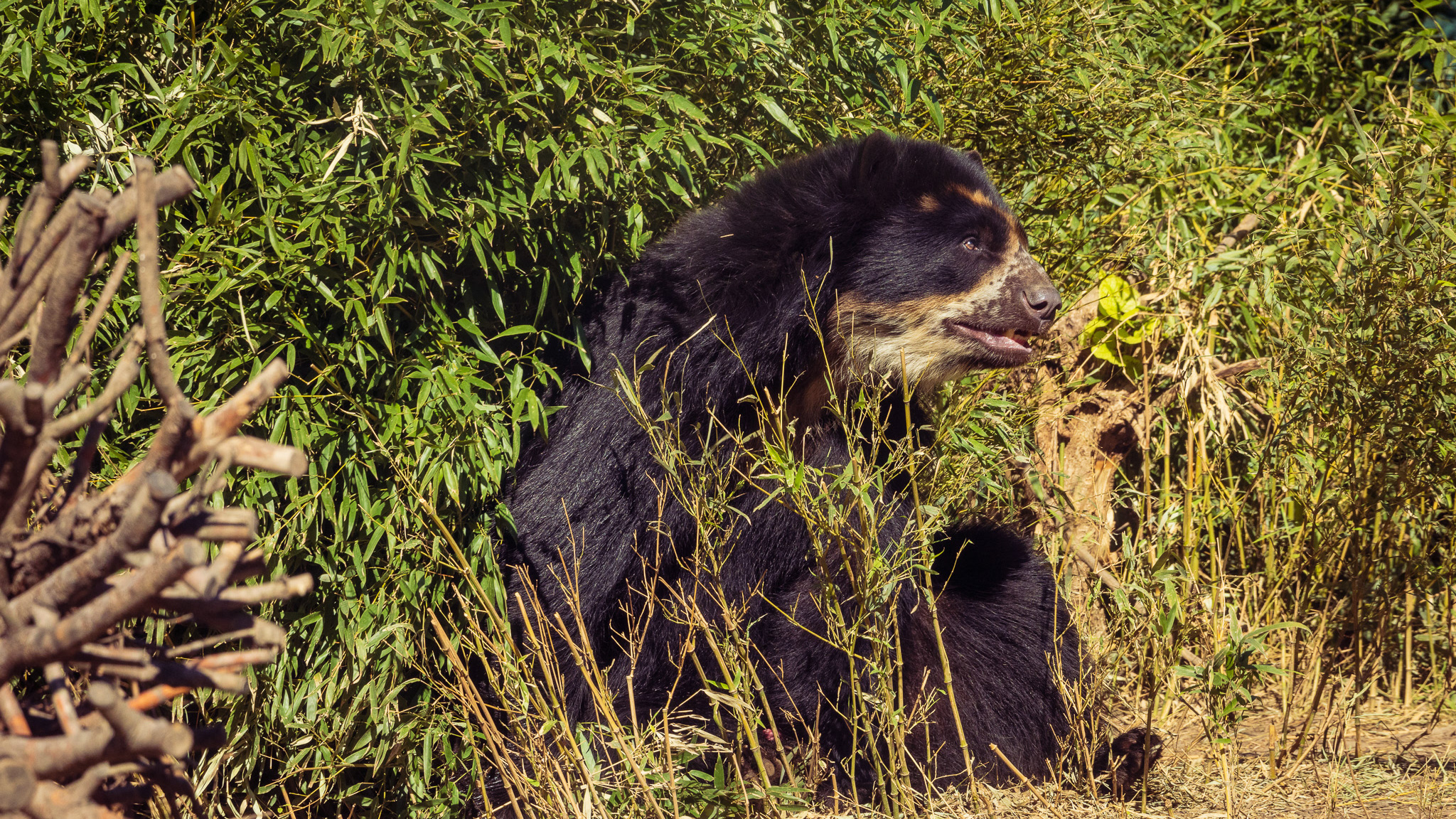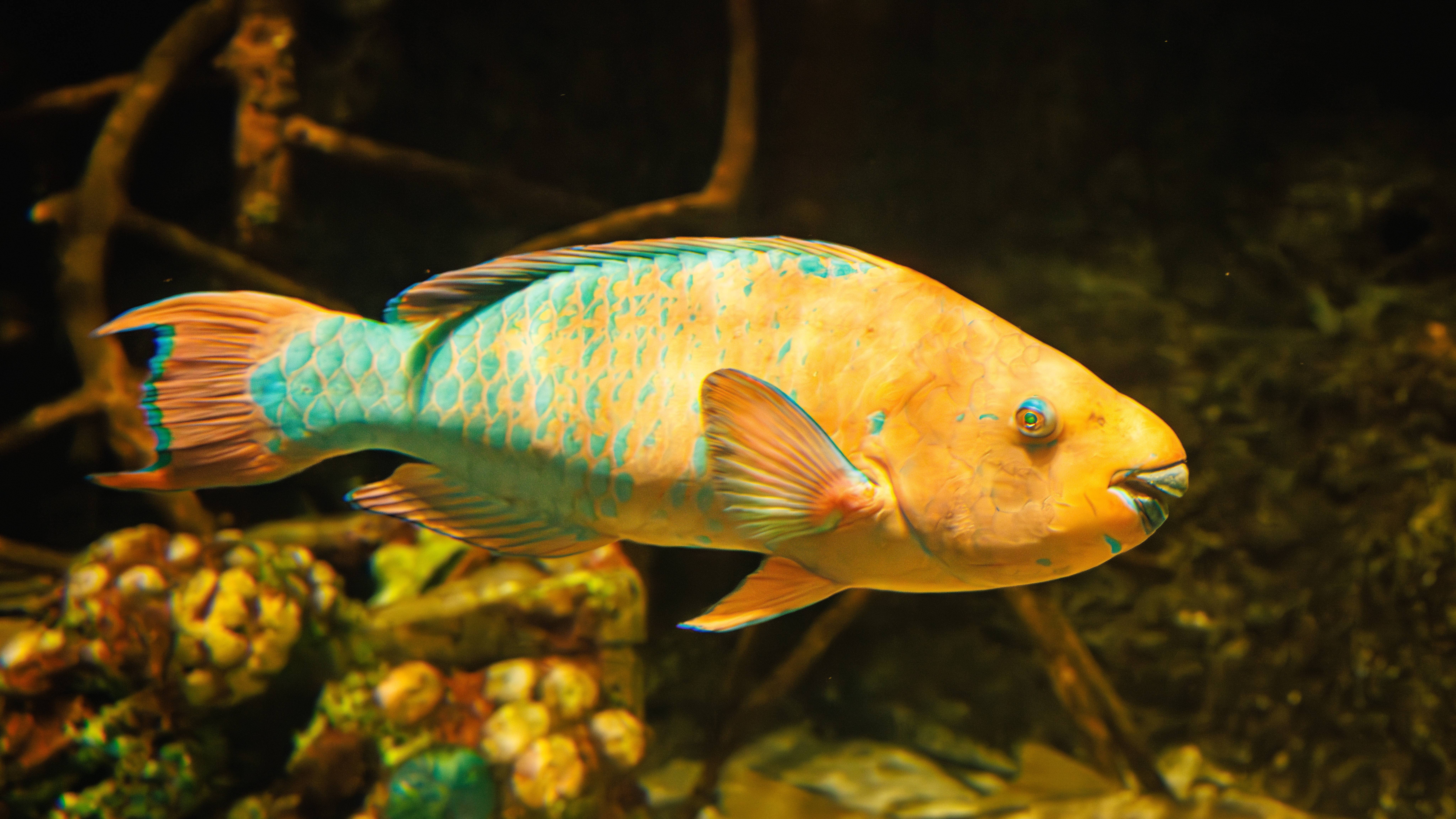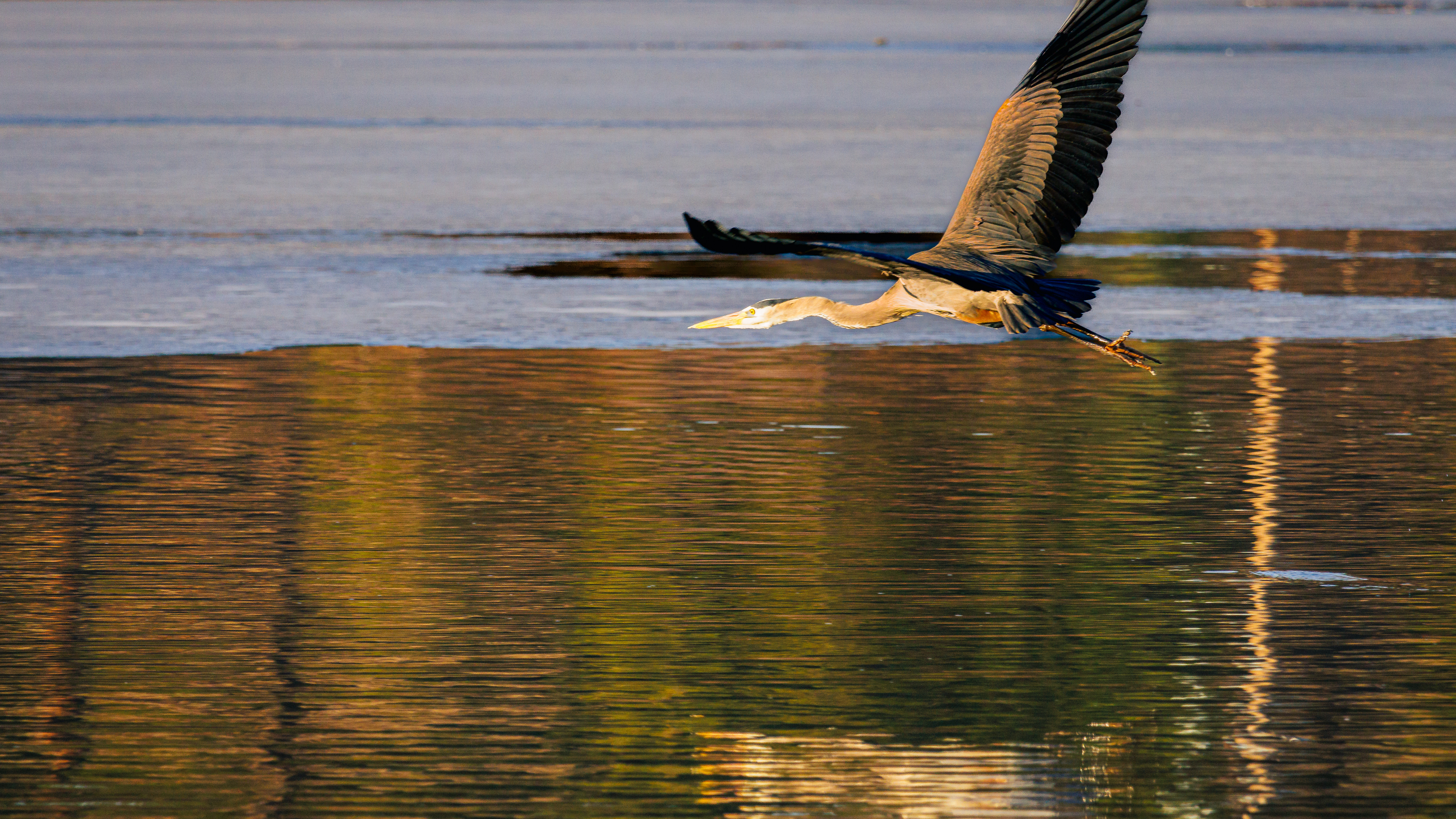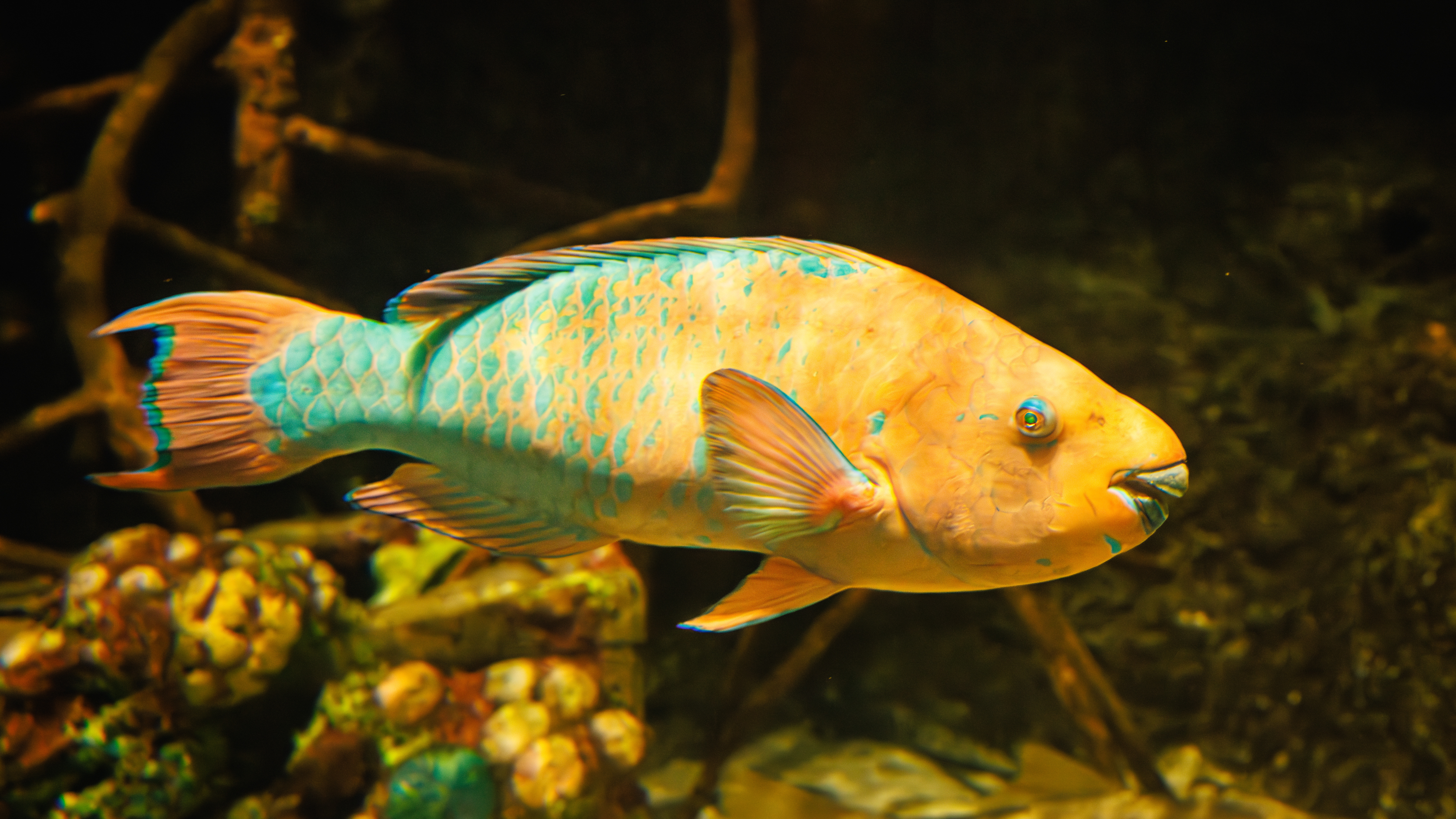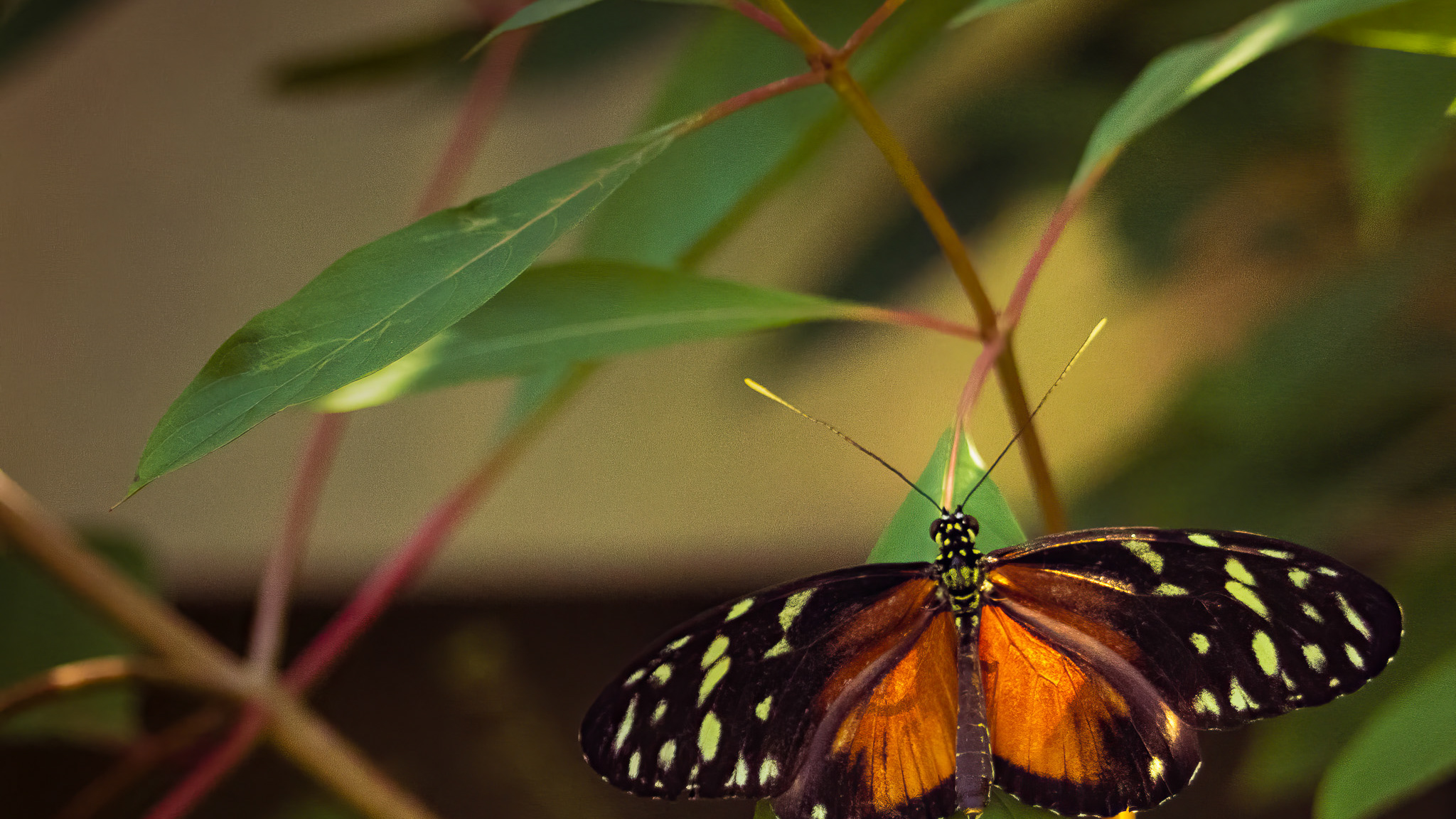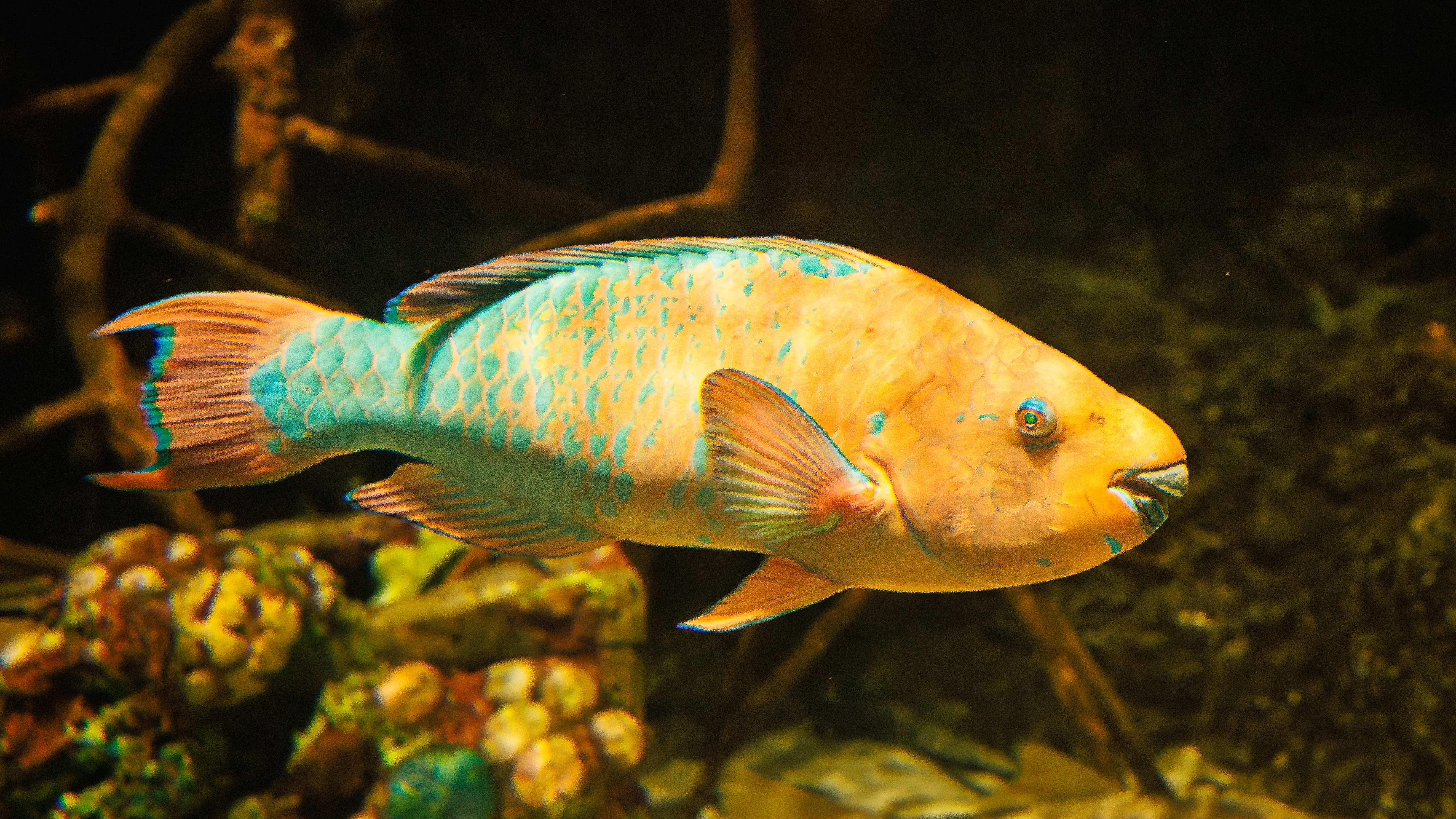
Bee on Yellow Flower
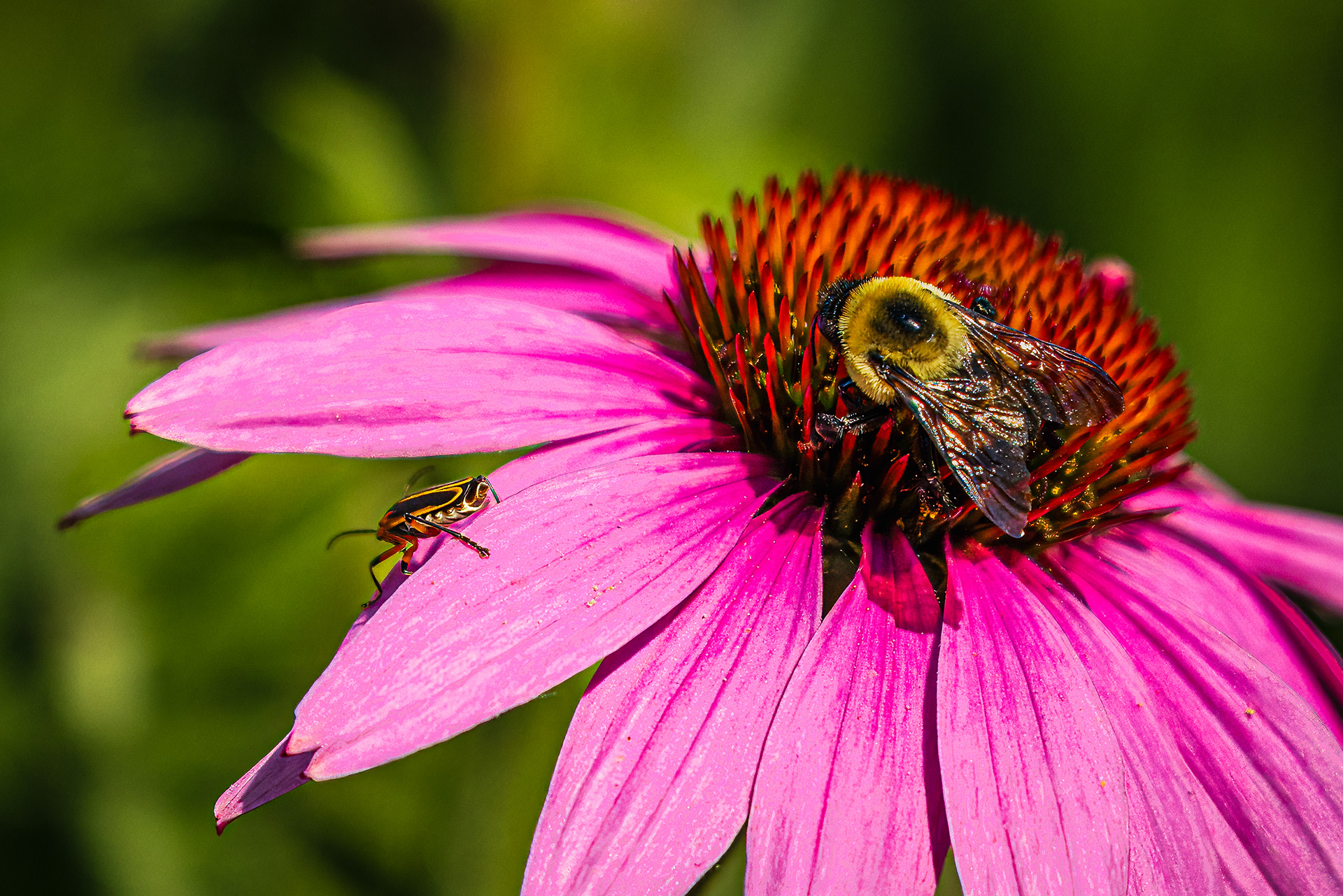
Bee and ??
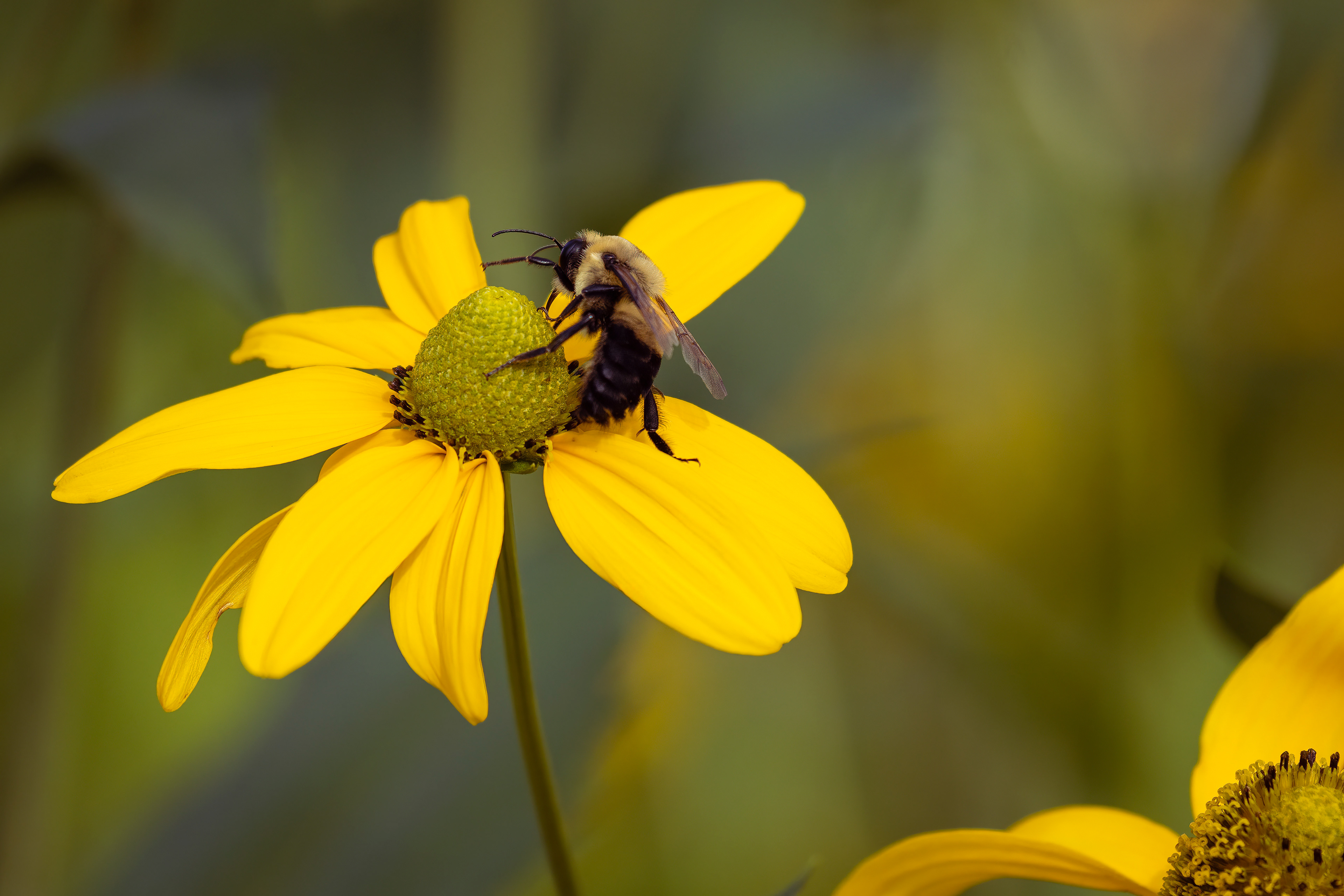
Bee on Daisy
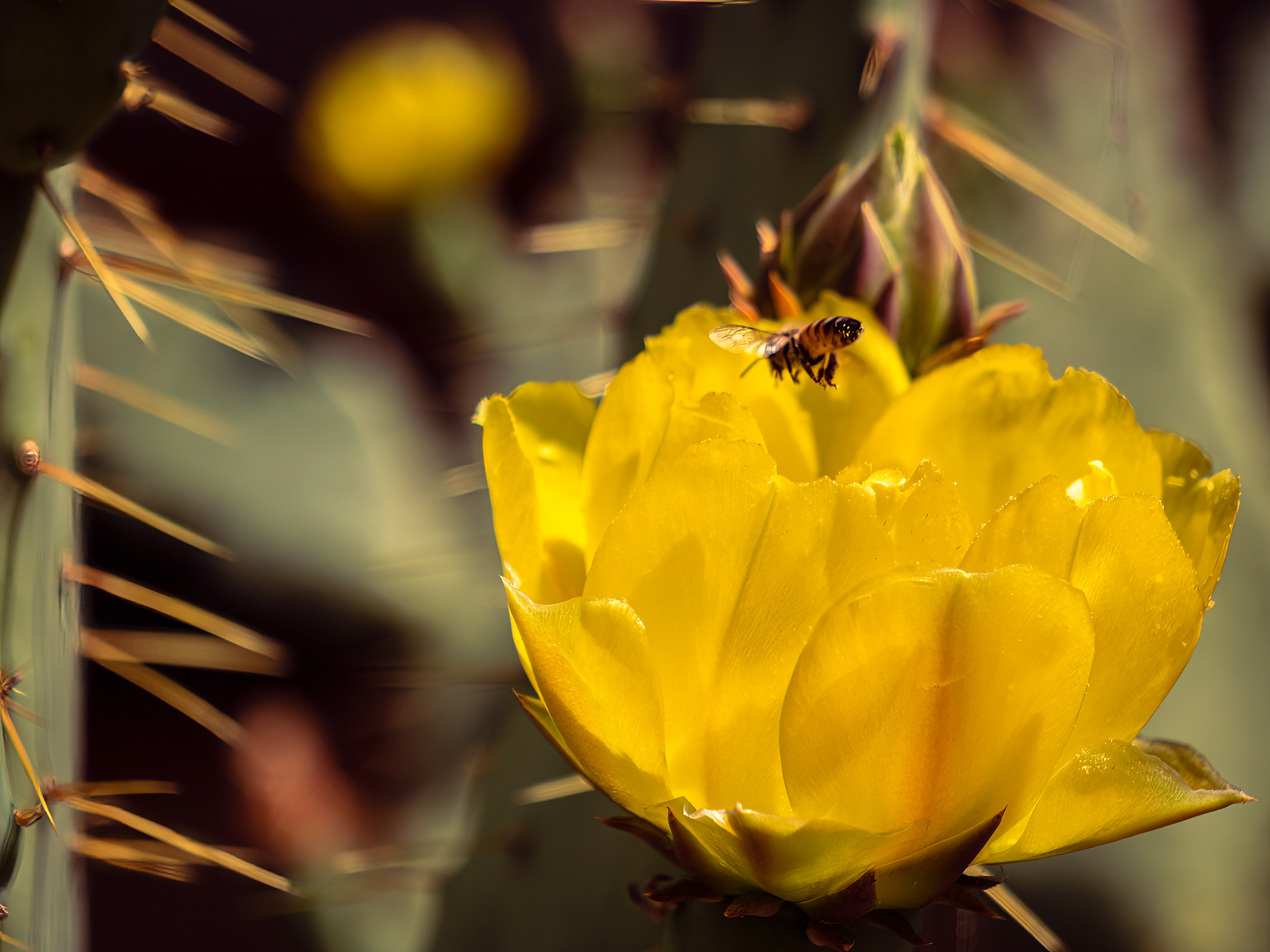
Bee on Cactus: Valley of Fire
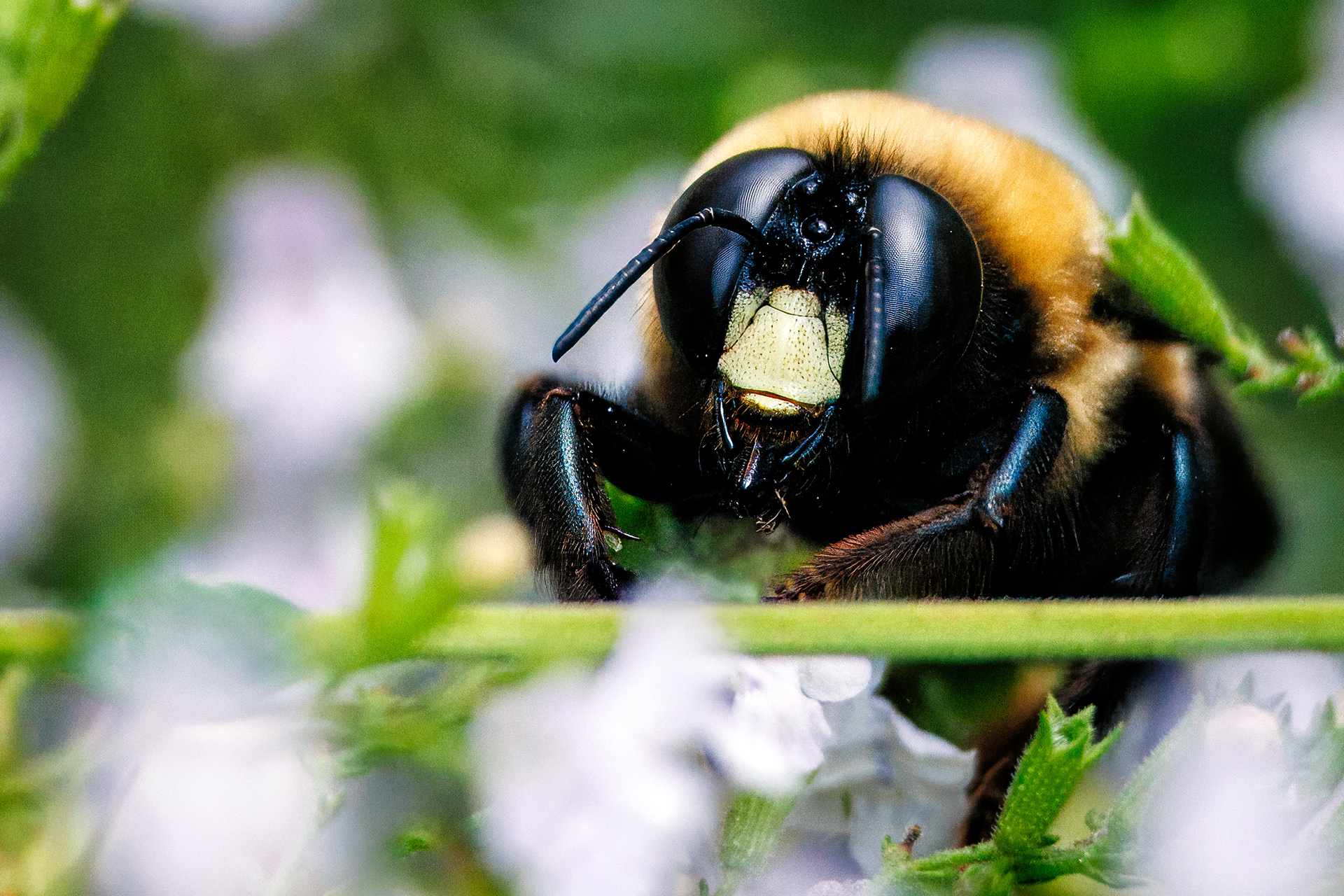
Macro Bee
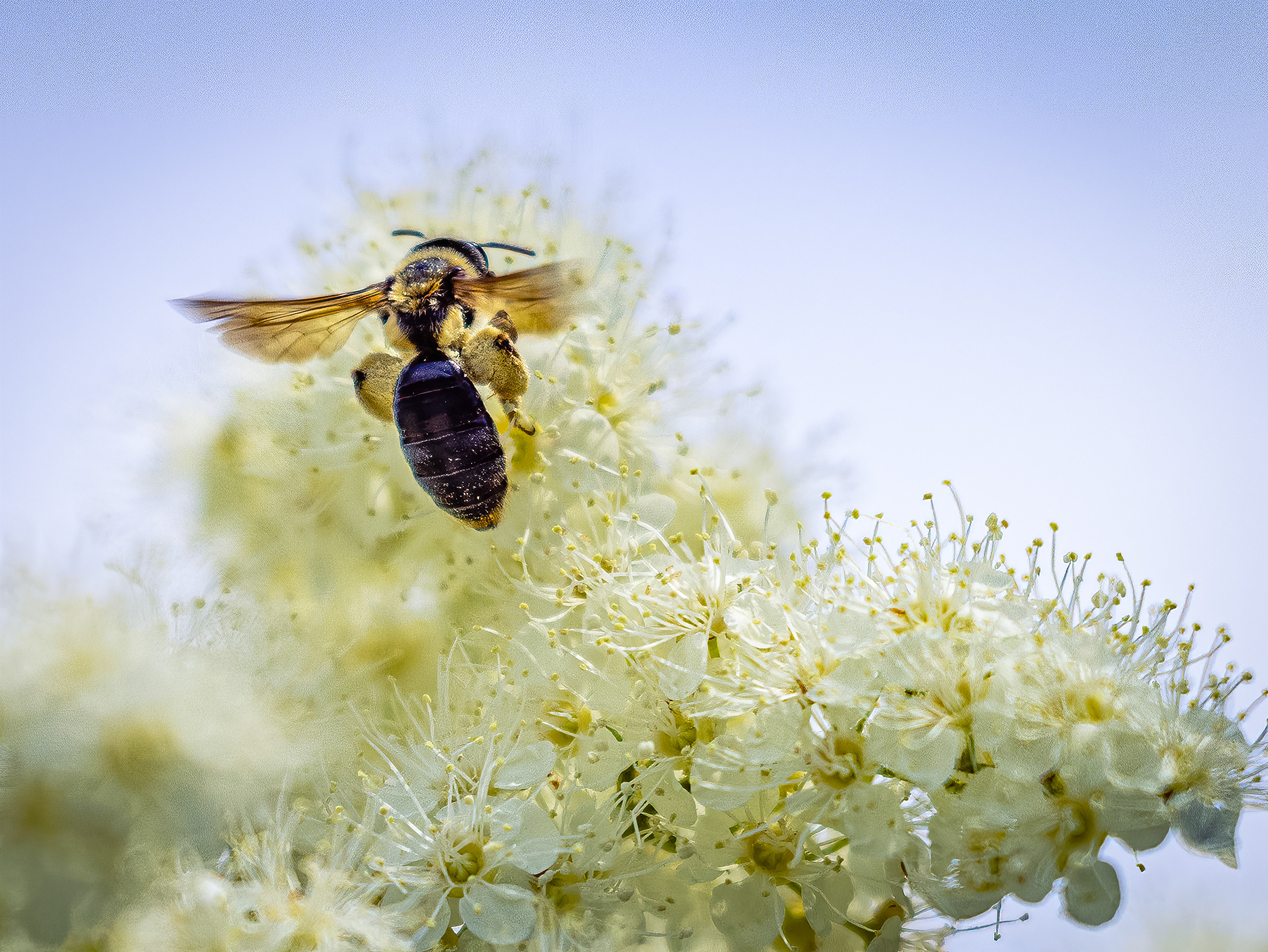
Bee
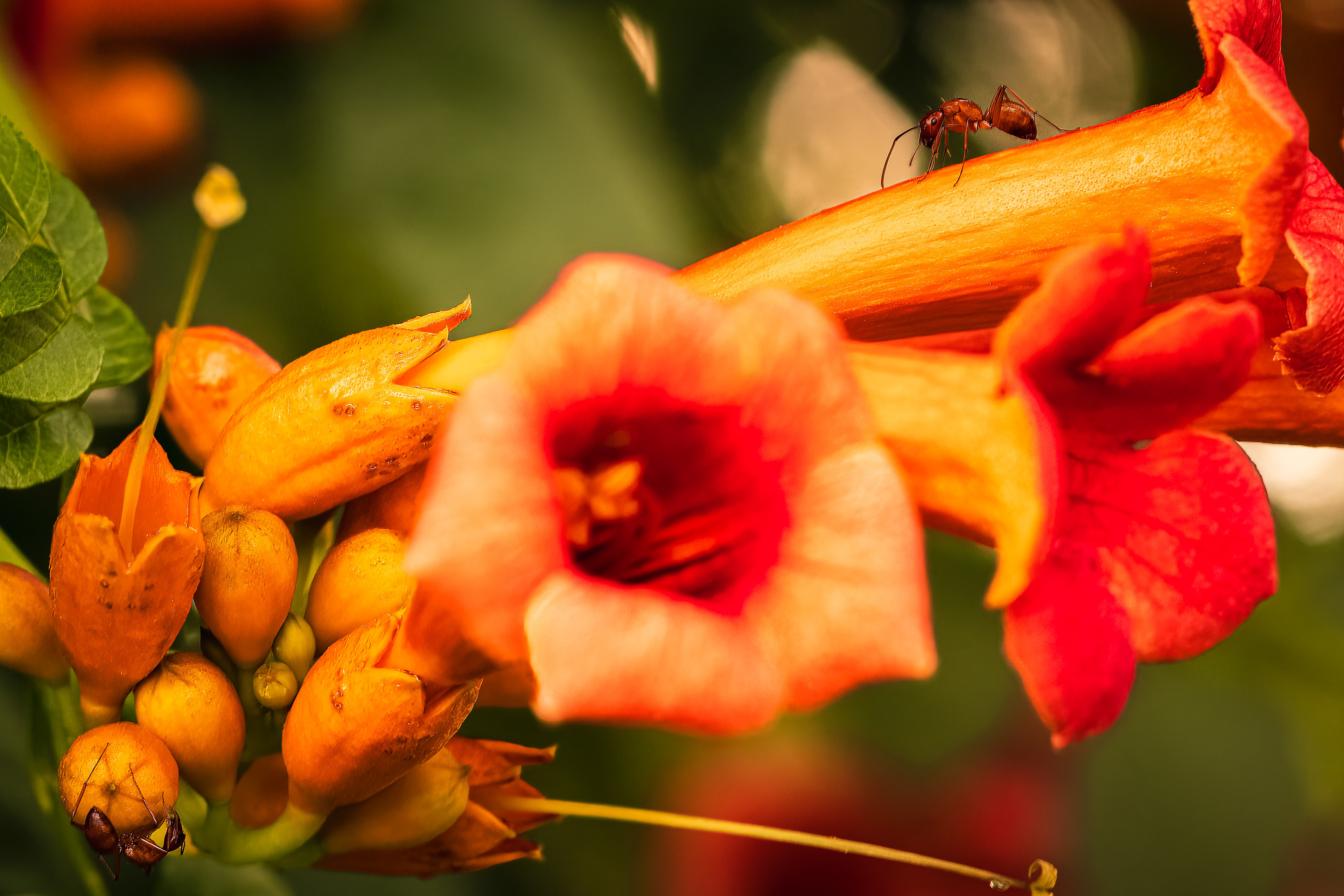
Ant
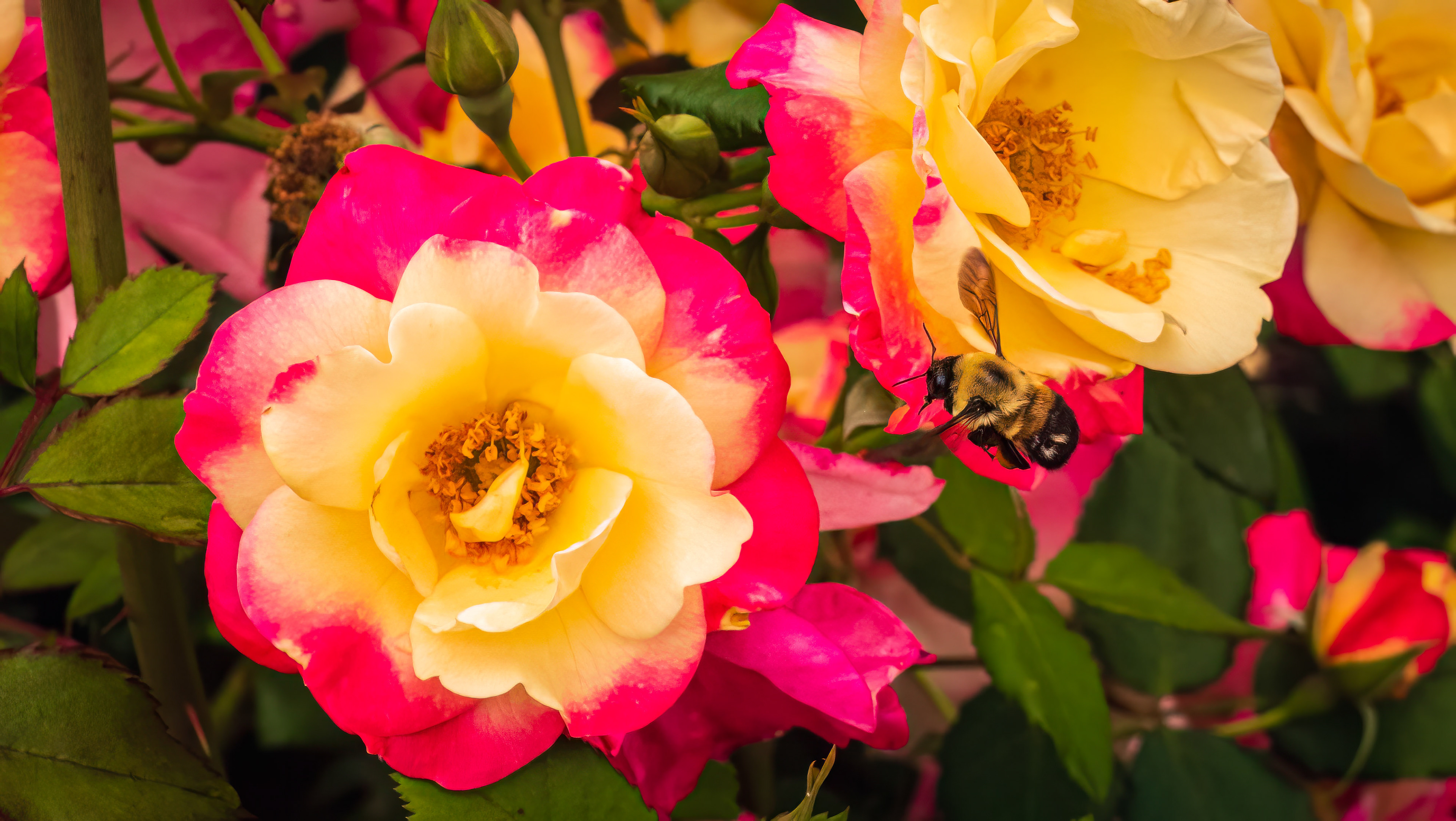
Bee on Rose
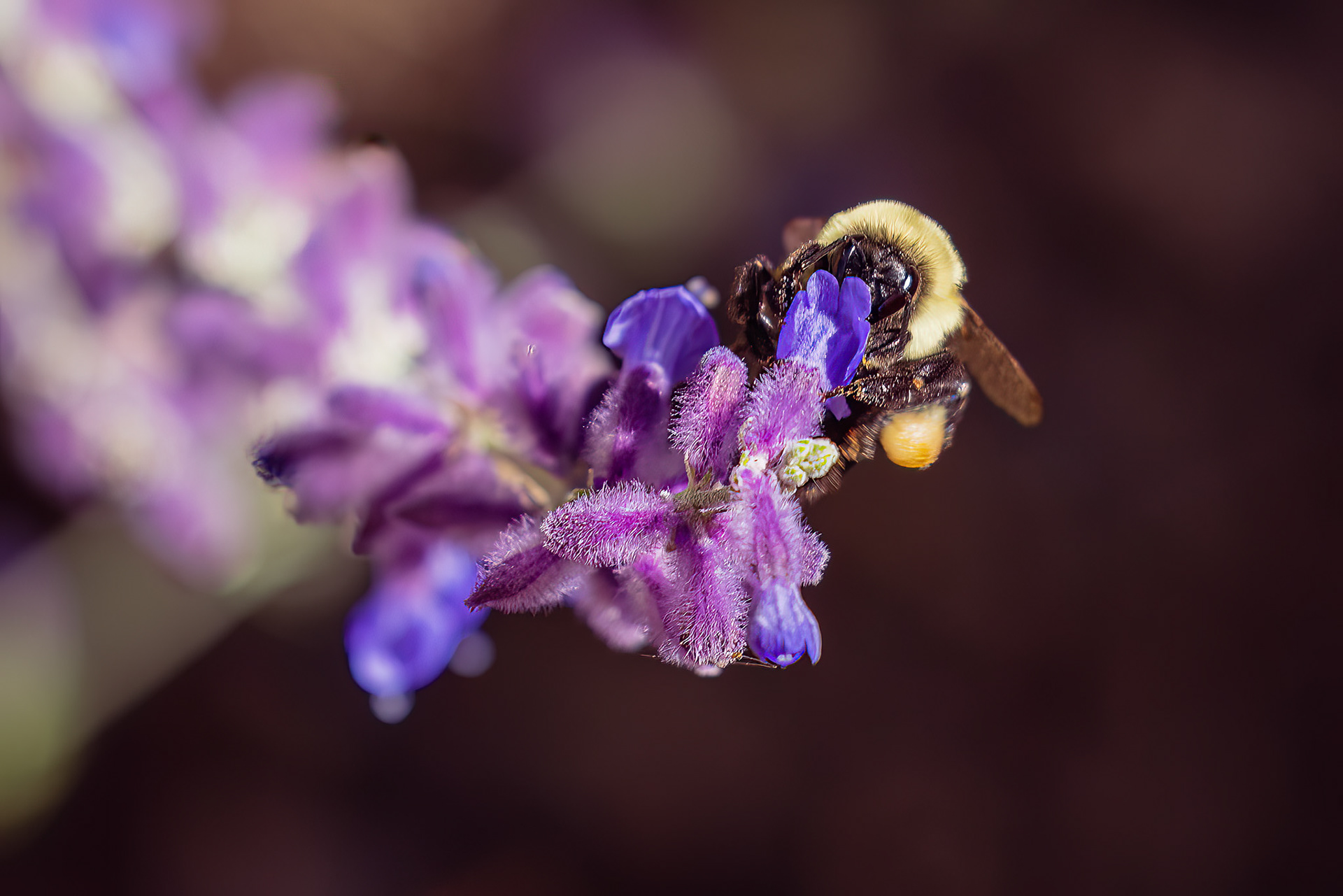
Bee on Purple
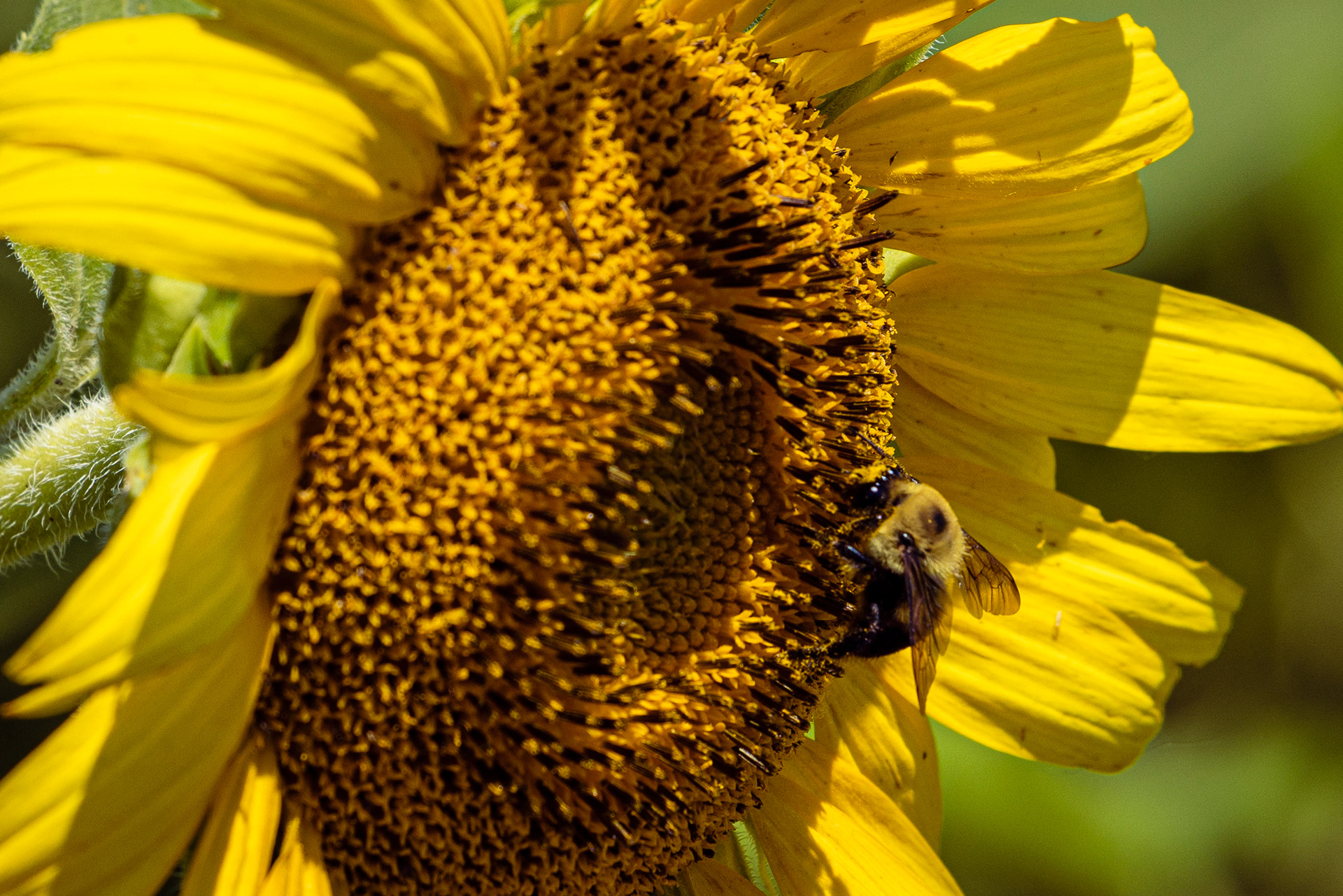
Bee on Sunflower
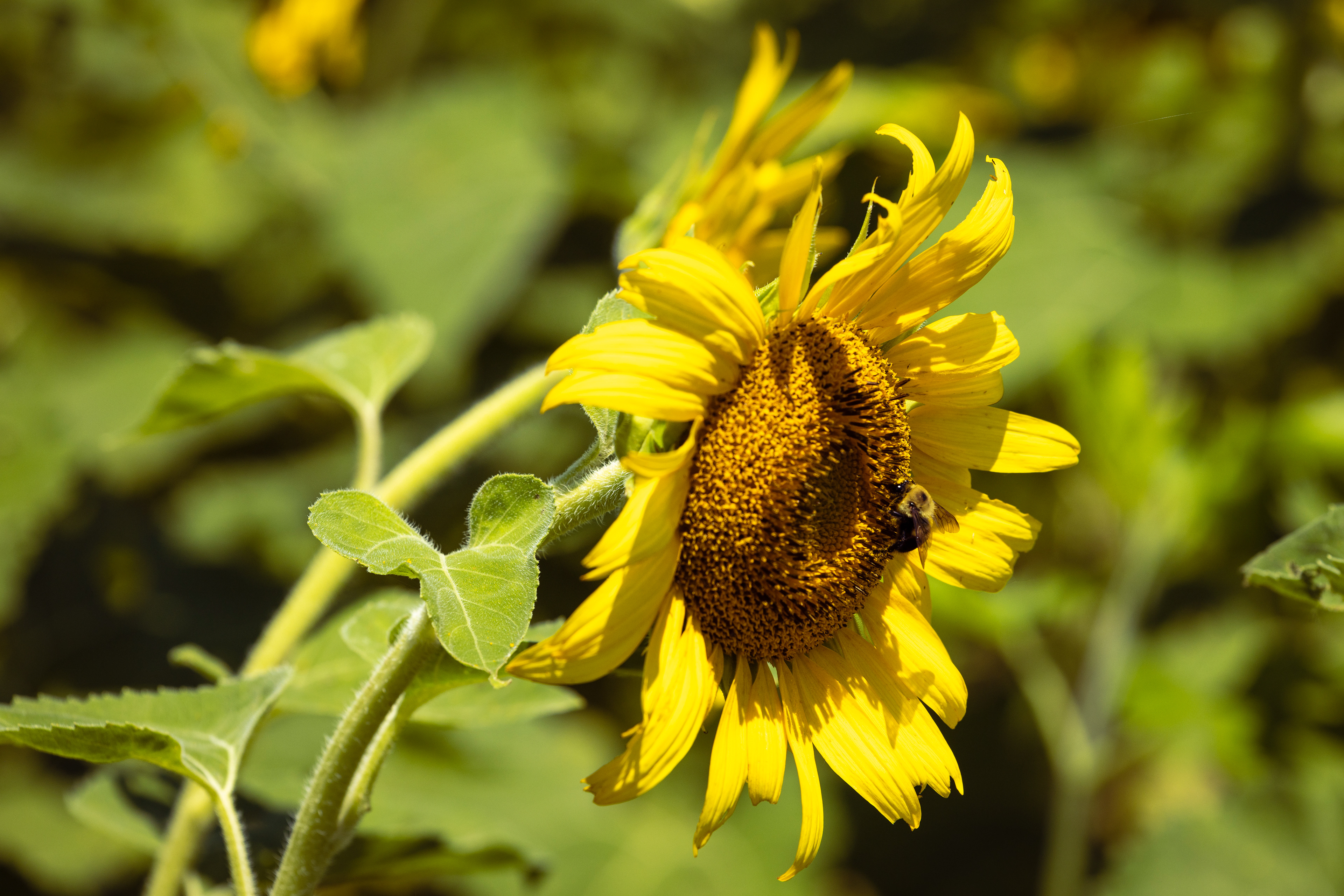
Bee on Sunflower
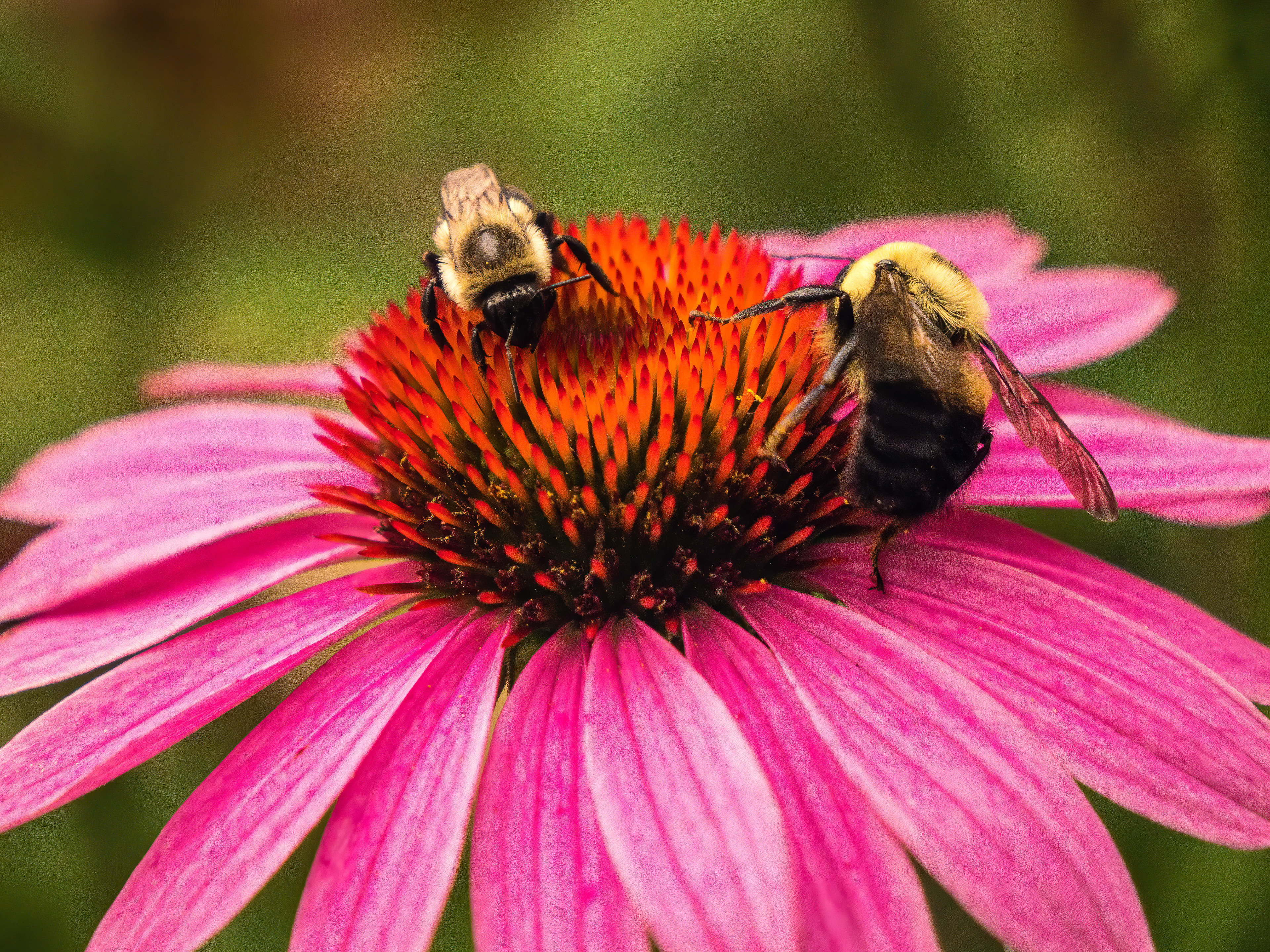
Bee on Echineacia
Photographing Bees and Bugs: A Photographer’s Perspective
Macro photography, the art of capturing small subjects in intricate detail, opens up a fascinating world when focusing on bees and bugs. These tiny creatures, often overlooked, present photographers with a chance to showcase their beauty, behavior, and role in the ecosystem. However, this niche requires patience, skill, and the right equipment. Commercial photographers and fine art photographers produce high quality images and photographers tend to specialize, into portrait photographers, landscape photographers, etc. While there are many types of photographers and many types of photography, the professional photographer can produce imAGES OF BEES, INSECTS, SPIDERS AS WELL AS OTHER interesting images.
Gear and Settings
Choosing the right equipment is essential for success in macro photography. A dedicated macro lens, preferably with a focal length between 90mm and 200mm, allows you to get close without disturbing the subject. Extension tubes can also help increase magnification without the need for specialized lenses. A tripod is invaluable for stabilizing the camera, especially in low light, while a ring flash or diffused natural light helps illuminate details without harsh shadows.
For settings, a small aperture (high f-stop) ensures a greater depth of field, essential when working with tiny subjects. Pair this with a fast shutter speed to freeze motion, as insects are often unpredictable. Manual focus is usually more effective than autofocus, enabling precise control over the point of interest, such as the intricate patterns on a bee's wings or the texture of a beetle's shell.
Understanding Your Subjects
Photographing bees and bugs requires understanding their behavior and habitats. Early mornings or late afternoons are ideal, as insects are less active and the light is softer. Flowers, leaves, and tree bark are excellent places to find your subjects. Observing their patterns—how bees hover before landing or how beetles scuttle across surfaces—can help you anticipate their movements and frame the perfect shot.
Challenges and Rewards
Patience is key in this genre of photography. Insects move quickly, and capturing them often involves trial and error. Wind can add difficulty by causing subjects and plants to move. However, the rewards are immense. Capturing a bee mid-flight or a bug’s compound eyes can result in images that inspire awe and appreciation for nature’s intricacies.
Macro photography of bees and bugs not only produces stunning visuals but also highlights the vital roles these creatures play in our ecosystems. By blending technical skill with an appreciation for nature, photographers can create images that educate, inspire, and celebrate the beauty of the miniature world.
All of these images and nearly 2000 more available for sale: Click this link
Artworks are available in many styles and sizes—wall decor including Metal, Acrylic, and Canvas. Even cards and stationery! There are gifts for the home such as throw pillows/covers, tapestries, duvet covers, shower curtains, fleece blankets, and beach and bath towels. One-of-a-kind personal and fashion items include tote bags, phone cases, t-shirts and sweatshirts, mugs, yoga mats, and spiral notebooks.
